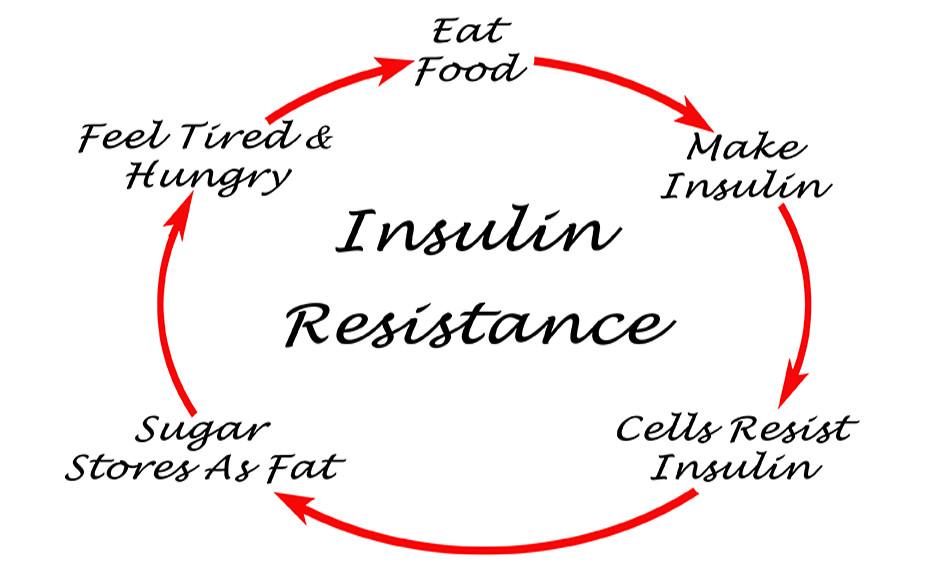Excess weight in a person with higher body mass index is generally stored as fat deposits. Fat deposits in our body are generally of two types – brown fat and white fat.
Brown fat is used to be burned as calories in order to generate heat. This fat is good.
White fat is the fat that is present in the connective tissues. Its function is to provide a cushioning effect to the internal organs and to protect them. White fat also acts as an endocrine organ where it produces estrogen. White fat also produces receptors for insulin. This is a key role.
When the tissues and muscles of the body have receptors to insulin, they accept insulin and thus aid the entry of the glucose into the cells so that it can be processed into energy.
Excess white fat tends to get stored deep inside the abdominal cavity and is called visceral fat that leads to obesity. This visceral fat consists of many adipose tissue layers. Excess visceral fat and related metabolic changes are major causes for type 2 diabetes and cardiovascular diseases.
Excess visceral fat leads to a dysfunction at the cellular level. This causes defects in the insulin signaling and receiving mechanisms. However, the body puts up a fight in order to maintain glucose homeostasis (the balance between insulin and glucagon).
In this fight, the body starts to produce excess insulin in order to compensate the resistance offered by the cells due to impaired cellular metabolism. Over a period of time, it leads to the reduction of the beta cells and thus a reduction in insulin.
Insulin is one hormone that not only acts on glucose metabolism, it also regulates the vascular system, the brain and the heart. So, ultimately insulin resistance and insufficient insulin leads to a type 2 diabetes, high cholesterol levels and high blood pressure.











